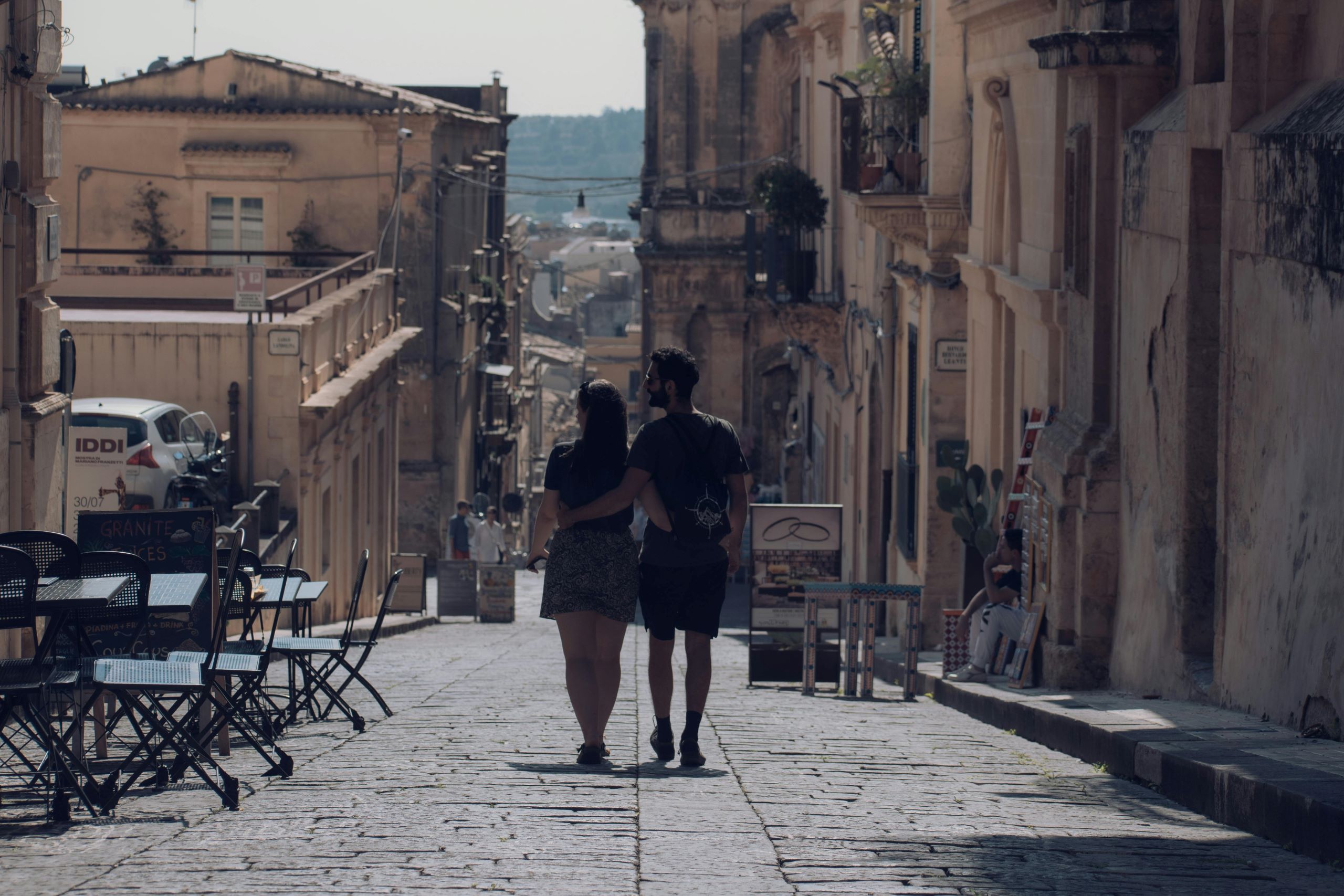What’s the catch? Too good to be true? Surprisingly not in many cases, as you’ll find.
How it Works
Italy has a surplus of single-family homes. They’re peppered throughout historic, charming small towns. Little villas have been often abandoned and taken over by the elements. The state of the homes varies widely, from DIY fixer uppers to ones that require structural repair, new roofs, and so on. Hundreds of homes are available, and hundreds of expats have taken the opportunity to either relocate or maintain these properties as vacation homes.

Houses are put on the market for the price of $1, or at auction with a starting bid of $1. The low
purchase price does have conditions. Refurbishment plans have to be presented within the first 2
months to a year. The work has to be done within a few years, and then a commitment needs to be
made to live in the property at least part-time. Failure to make good on your promise can result in a fine or a $5,000 deposit not being returned. Some cities require a deposit, others do not, returnable on completion.
The outside of the home needs to remain the same, to fit in with the historic neighborhoods. Inside, however, is yours to customize. Many people have elected to restore the high ceilings and marble floors that came with their home. Some have gutted and modernized. Most people have found that renovations cost between $15,000 and $50,000. Naturally, some have done it for more, some for less.

Why are they doing this?
Italy has one of the lowest employment rates in the EU, at just above 61%. Unemployment is particularly high among young adults at a staggering 23.7% based on recent data. It is even worse in southern regions that include Sicily, Calabria, and Campania.
All this leads to young adults doing two things: 1. Moving north for an education or job opportunities
not available in their hometowns, or 2. Living at home with their parents. Even in the U.S., we’ve seen
more and more young people living at home or moving back in with their parents as housing and tuition costs have skyrocketed. And the population that stays is aging.
Because of how property transfers and sales are structured in Italy, if one inherits a home they may not find it worth the maintenance and taxes to maintain. In these cases, the homes are signed over to the state.

After seeing this happen again and again, the https://www.case1euro.it/ program was started in 2017 to bring new blood back to these shrinking communities. Sleepy Italian towns are being abandoned, including their charming properties. Here’s where foreign investment comes in- keeping homes maintained and bringing an influx of money and support to local communities. I wouldn’t mind spending money in town at the local butcher, bakery, or coffee shops, would you? Plenty left over if I bought my home for only $1…



